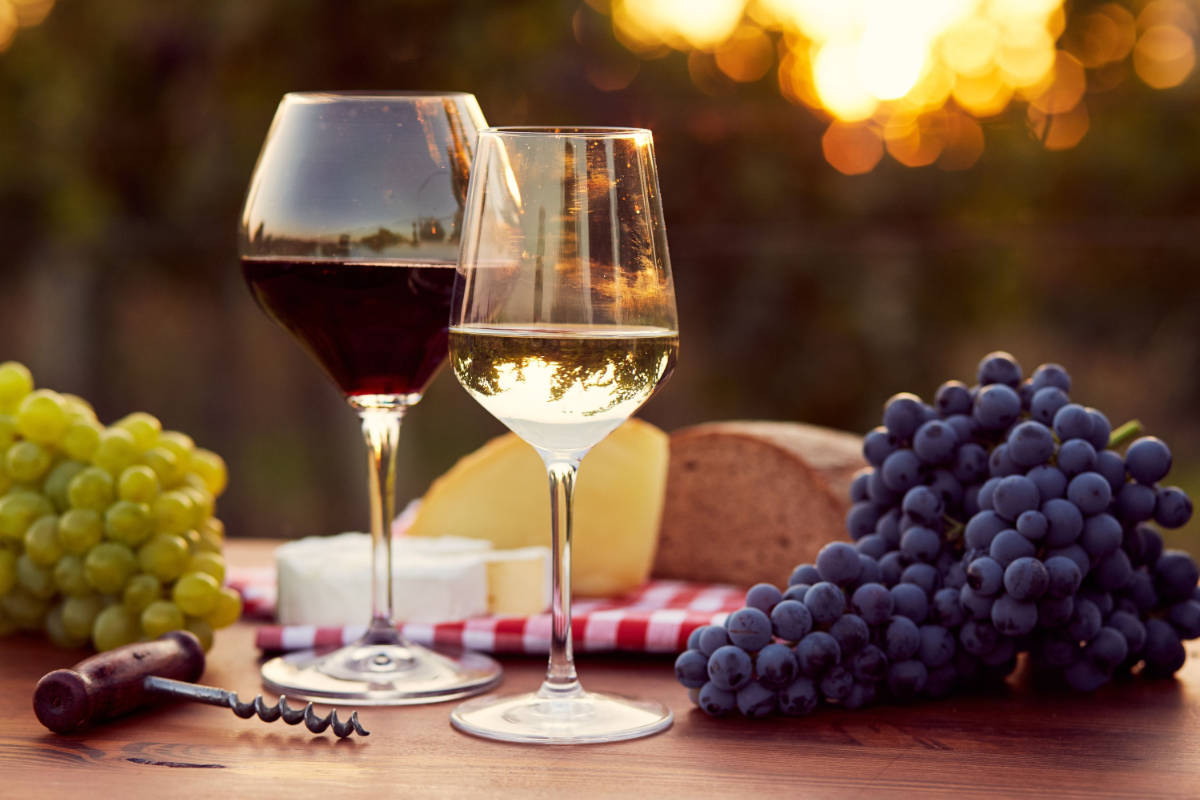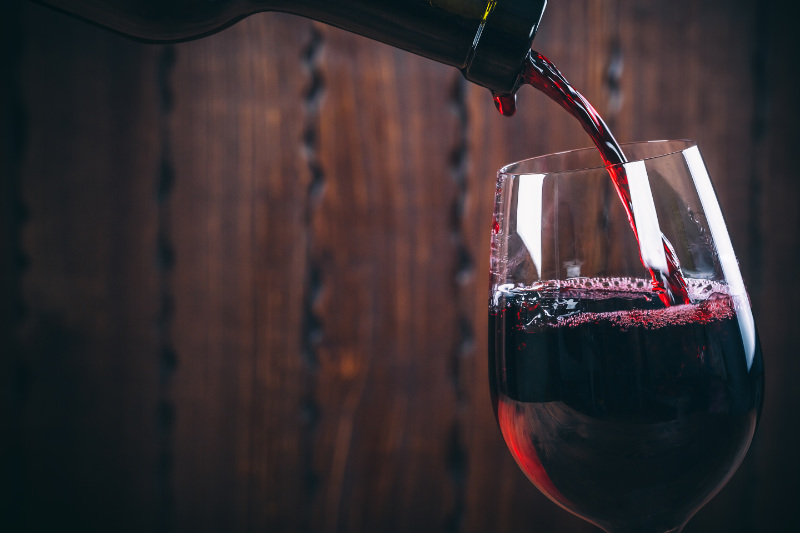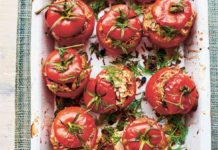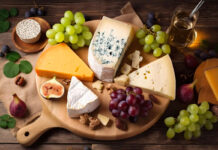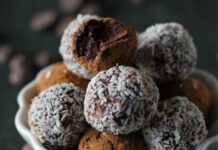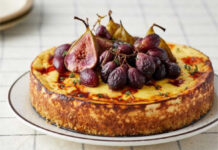We’ve all been there – hoping the wine we’re picking is what we’re after, but struggling to make a decision because of all the grape varieties and different names listed.
However, push the anxiety aside and, a little bit like the dating game, discovering grape varieties and where they come from can open up a whole new world.
5 of the most popular grape varieties
To help you better navigate the wine menu in future, Catherine Fallis, master sommelier, shares her advice on five of the best-loved grape varieties, so you’ll know what to look for.
1. Sauvignon Blanc
Tasting profile: From the Old World, as it’s known, Sancerre and Pouilly-Fumé in France’s Loire Valley produce light, tart, and sometimes floral wines from sauvignon blanc grapes, that are racy, lean, and chalky. Pouilly-Fumés are generally a bit pricier and occasionally mellow out in oak before being bottled.
They sometimes have a stronger, smokier, gunflint-type of minerality. From Friuli-Venezia Giulia and Alto Adige in northern Italy, the sauvignon blancs are less green and less fruity, closer in style to a really good pinot grigio, but with just a touch of green zestiness.
What the grape’s dating profile would say: ‘I’m exuberant, and the life of the party. I’m fun, high energy, and love to dance. I like to be the centre of attention. If I grow up without much sun, I’m lean, edgy, tart, and shy. If I grow up with a lot of sun, I’m passionate and spicy! I’m refreshing, light-hearted and I’ll make you smile.’
2. Chardonnay

Tasting profile: On its own, chardonnay is shy, with notes of citrus, apple and pear. Chardonnay is made in a wide range of styles, with Burgundy, France, as its benchmark, where the region, not the grape, gives the wine its name. White Burgundy ranges from regional Bourgogne Blanc, whose quality is highly dependent upon the producer, to light, crisp Macon, steely, energetic Chablis, nutty Meursault, to the very rich, layered, opulent, and complex Montrachet.
It’s the key ingredient in the ethereal, long-lived blanc de blancs champagnes from France, known for its purity, longevity, delicacy, and creaminess.
What the grape’s dating profile would say: ‘I’m rich and have great legs. I may be a lighter style, but I’m still very satisfying. I’m a chameleon, which keeps things interesting. I’m not aromatic, and not very fruity, unless I’m from the California coast, man. I’m not chewy or gripping, rather soft, silky, and smooth, like butter. Speaking of butter, I’m often buttery, but not always.’
3. Syrah/Shiraz
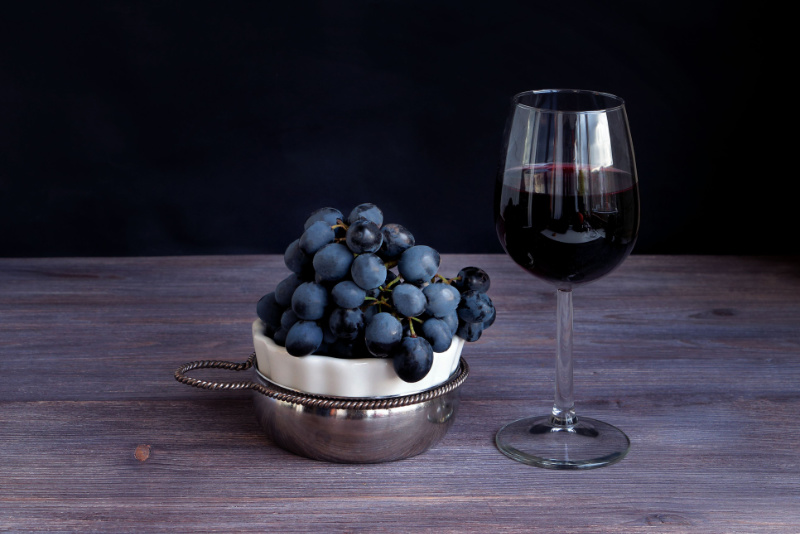
Tasting profile: Sultry syrah is deeply coloured, often with a hot pink or magenta undertone. When less ripe, notes of black peppercorn bubble up along with floral perfume, as they often do in cooler vintages from France. Where the climate is warm, the grape ripens quickly and loses the pepper and perfume, instead showcasing jammy ripe fruit, which is then paired with sweet toasty oak.
What the grape’s dating profile would say: ‘If I’m French I’m shy and reluctant, but worth seeking out. If I’m from Australia, I’m an open book – pleasant, friendly, and for the most part will go with the flow. Sometimes, I’m spicy and sultry. Other times, I’m as sweet as pie.’
4. Merlot
Tasting profile: Château Le Pin, the benchmark for merlot, is big, powerful, and brooding, with layers of rich extract and a firm but fine texture. It ages extremely well, showing an intensity of raspberry and cherry fruit and even softer, finer texture than a red Burgundy, the archetype of silky wine. Pomerols are typically ethereal, soft, rich, and earthy. Saint-Émilions, of which Château Cheval Blanc is the ultimate, tend to have a slightly firmer texture, especially when young. The best of both Pomerol and Saint-Émilion require ageing.
Simpler merlots are ready to enjoy right away. Northern Italian merlot is light and tart with notes of cherry and often black liquorice, whereas those from the warmer centre of Italy are richer, plusher, but still offer freshness and finesse.
What the grape’s dating profile would say: ‘I show my softer side quickly. I’m straightforward and easy to get along with. You can take me anywhere. I am known around the world. I will stay with you, by your side. At my best I am very, very expensive.’
5. Cabernet sauvignon
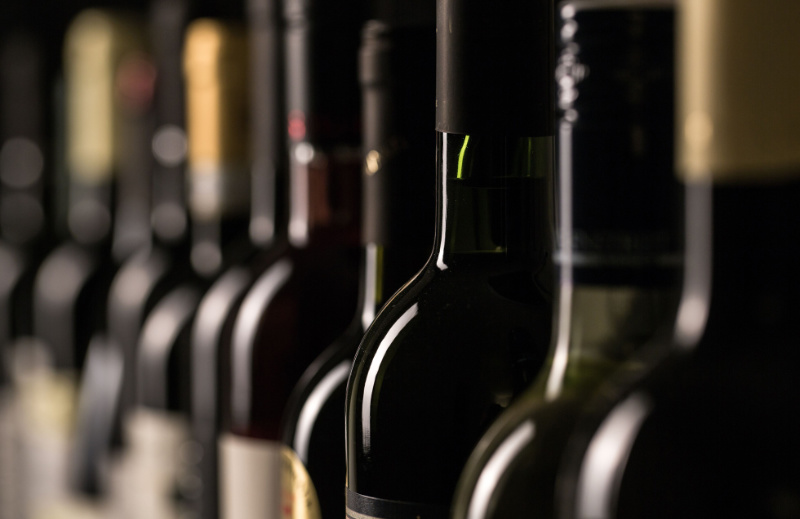
Tasting profile: Cabernet sauvignon is medium to full-bodied with notes of black currant and green bell pepper when less ripe, plus leather and earth in Bordeaux. In the New World, the fruit is riper, the alcohol higher, and thus the wine is more plush or softer in texture. Rich oak treatment provides extra layers of chewiness, grip, and flavour.
What the grape’s dating profile would say: ‘I’m strong-willed and stubborn, yet soft-spoken and down-to-earth once you get to know me. I’m not one for drama or surprises. I get cold feet, so keep me warm for best results. I love fresh air – it really lights up my mood and approachability.’

Ten Grapes to Know: The Ten And Done Wine Guide by Catherine Fallis, is published by Countryman Press.
Wise Living Magazine may receive a small commission to help support the running of this site from purchases made from links on this page. Affiliate links do not influence our editorial or articles published by Wise Living.























































